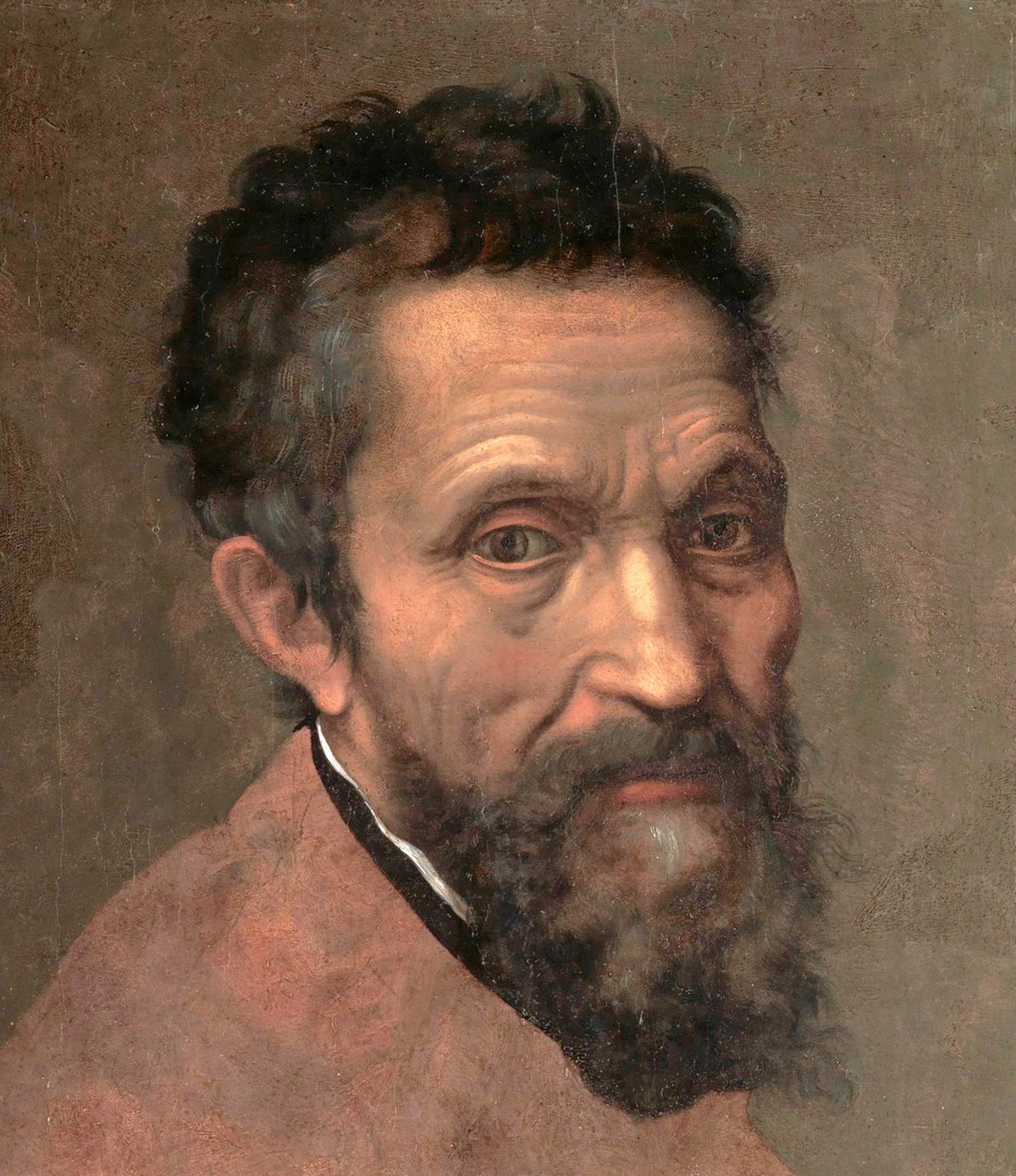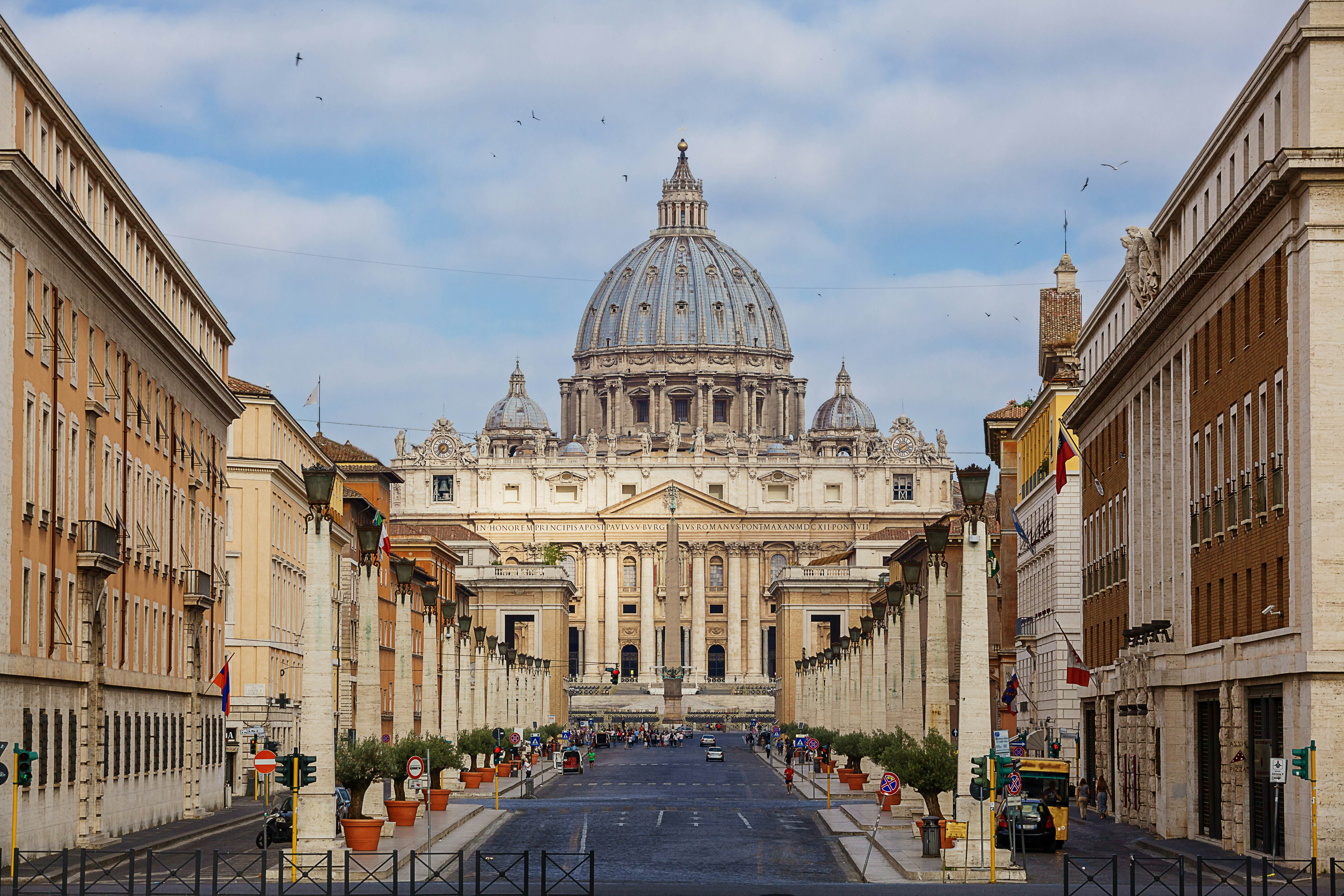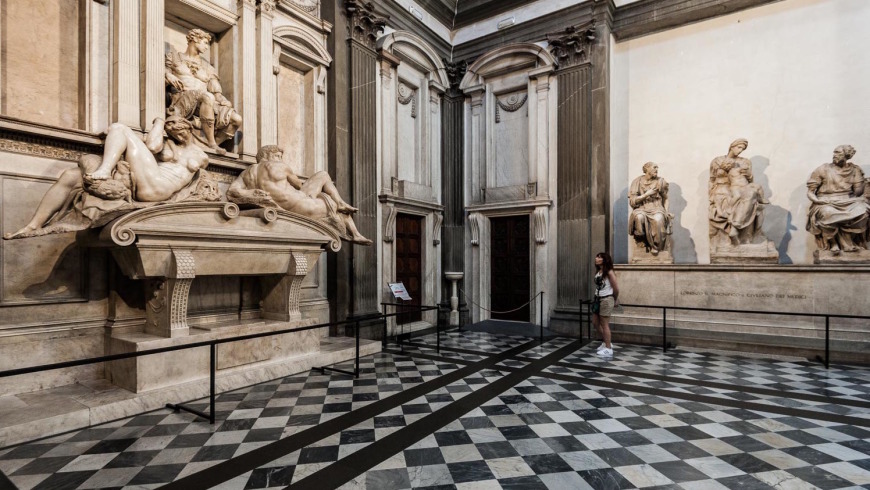Michelangelo di Lodovico Buonarroti Simoni, also known as Michelangelo was born in 6th of March year 1475. He was an artist of the era of Renaissance who’s also one of the greatest artist of all art history. Even though he’s more famous for his sculptures and paintings, he also have some architectural art. His architectural creations shows understanding of structures, proportions, and also classical beauty of the Renaissance.

At the beginning, Michelangelo only focused on making sculptures and paintings. But then, his interest in architecture started to develop when he got older. Back then. Rome was facing a huge transformation as the center of culture and religion. Michelangelo was often asked to work on a big project, he sometimes asked to continue the work of the previous architect who couldn’t finish their projects.
Here are some of the biggest work of Michelangelo throughout his lifetime:
St. Peter’s Basilica, Vatican

In the year 1546, Michelangelo was chosen to be the main architect of the construction of St. Peter’s Basilica, replacing the prior one, Antonio da Sangallo. This basilica is one of the biggest challange in his career, because this basilica was made to be the symbol of christianity. Michelangelo made several changes from the first design. One of his biggest contribution to the project was the basilica’s dome. He combined classical principal with technology to build a massive light-looking dome that is sturdy.
Saint Peter’s Basilica, located in Vatican City, is one of the most significant religious structures in the world and a central pilgrimage site for Catholics. Built over the burial site of Saint Peter, one of Jesus Christ’s apostles and the first pope, the basilica stands as a testament to Renaissance architecture. Construction began in 1506 under Pope Julius II and was completed in 1626, involving renowned artists such as Michelangelo, Bernini, and Bramante. The basilica features a magnificent dome designed by Michelangelo, which dominates the skyline of Rome. Inside, visitors can marvel at masterpieces like Michelangelo’s Pietà and Bernini’s grand baldachin over the Papal Altar, where many popes have been buried.
The architectural grandeur of Saint Peter’s Basilica is matched by its rich history. The original church on this site was commissioned by Emperor Constantine in the 4th century but was replaced due to its deteriorating condition. The current structure encompasses an area of approximately 23,000 square meters and can hold over 60,000 worshippers. Its interior is adorned with intricate mosaics, sculptures, and chapels that reflect the artistic prowess of the Renaissance and Baroque periods. This basilica not only serves as a place of worship but also as a symbol of the Catholic Church’s enduring legacy and influence throughout history.
Piazza del Campidoglio, Rome

This project started in 1536 when Pope Paulus III asked Michelangelo to re-design Kapitoline Hill, one of seven hills in Rome. Michelangelo created the layout of Piazza with a geometrical elips pattern which was directing the attention to Marcus Aurelius’ statue in the middle. He also designed a new facade for the buildings around the Piazza, including Palazzo Senatorio.
Piazza del Campidoglio, located atop Capitoline Hill in Rome, is a stunning public square designed by the renowned Renaissance artist Michelangelo in the 16th century. Commissioned by Pope Paul III, the square was created to impress the Holy Roman Emperor Charles V during his visit to Rome in 1538. The piazza is framed by three significant buildings: the Palazzo Senatorio, which serves as the City Hall; the Palazzo dei Conservatori; and the Palazzo Nuovo, both of which house the Capitoline Museums. At the center of the square stands the impressive equestrian statue of Marcus Aurelius, which symbolizes imperial power and has become an iconic feature of the site.
Michelangelo’s design transformed a neglected area into a monumental civic space, featuring an elegant oval layout and a grand staircase known as the Cordonata, which leads visitors up to the square. The architectural harmony of Piazza del Campidoglio reflects Michelangelo’s vision for a unified aesthetic that echoes Rome’s historical grandeur. Over time, the square has not only served as a center for civic administration but also as a symbol of Rome’s enduring legacy and artistic heritage, making it a must-visit destination for tourists and locals alike.
Porta Pia, Rome

Porta Pia, an important historical gate in Rome, was commissioned by Pope Pius IV and designed by Michelangelo between 1561 and 1565. It was built to replace the aging Porta Nomentana and is part of the Aurelian Walls that once protected the city. The design reflects a transition between Renaissance and Baroque styles, characterized by its striking façade that opens towards the city. Although Michelangelo passed away before its completion, his vision influenced the structure’s development, which was overseen by his disciple Giacomo Del Duca. The gate’s external façade was later finished in 1869 by architect Virginio Vespignani, adding a neoclassical touch to the original design.
Porta Pia is historically significant not only for its architectural beauty but also for its role in the unification of Italy. On September 20, 1870, Italian troops breached the walls near Porta Pia, marking a pivotal moment in history as it led to the end of Papal rule in Rome and the establishment of the city as Italy’s capital. A commemorative monument now stands at the site of the breach, honoring the soldiers who fought during this critical event. The area surrounding Porta Pia also includes the Museo Storico dei Bersaglieri, which preserves memorabilia related to Italy’s military history, further emphasizing its cultural importance within Rome.
Laurentian Library, Florence

The Laurentian Library, known as Biblioteca Medicea Laurenziana, is a remarkable architectural achievement located in Florence, Italy. Commissioned by Pope Clement VII in 1523, the library was designed by the renowned artist Michelangelo, who began construction in 1525. Although Michelangelo left Florence for Rome in 1534 before its completion, his innovative designs laid the groundwork for what would become a significant cultural institution. The library houses an impressive collection of over 11,000 manuscripts and 4,500 early printed books, many of which were originally gathered by the Medici family, particularly Cosimo the Elder and Lorenzo the Magnificent. These works reflect the humanistic interests of the Renaissance and include notable texts such as the first complete manuscript of the Latin Vulgate Bible and original manuscripts from the Florentine Renaissance.
Michelangelo’s design for the Laurentian Library is celebrated for its revolutionary use of space and light. The library features a grand reading room that emphasizes natural illumination, with benches (plutei) specifically designed to hold books while allowing readers to access them easily. The books were organized by subject and chained to the furniture to prevent theft—a practice that highlights the value placed on these texts. The library’s architecture combines elements of Renaissance and Mannerist styles, showcasing Michelangelo’s ability to blend functionality with aesthetic appeal. The dramatic entrance vestibule and the intricately designed staircase further exemplify his mastery of spatial dynamics and structural challenges.
Opened to the public in 1571 under Duke Cosimo I, the Laurentian Library has since become one of Italy’s most important cultural institutions. While it originally served as a private collection for the Medici family, it now functions as a public library and a center for scholarly research. The library’s historical significance is underscored by its role in preserving valuable manuscripts and its contribution to the intellectual life of Florence. Today, visitors can explore its stunning architecture and rich collections, reflecting both the artistic heritage of Michelangelo and the enduring legacy of the Medici family’s patronage of the arts.
Sagrestia Nuova, Florence

The Sagrestia Nuova, or New Sacristy, is a significant architectural and artistic achievement located within the Basilica di San Lorenzo in Florence, Italy. Commissioned by Pope Clement VII in 1520, the chapel was designed by Michelangelo as a mausoleum for members of the Medici family, specifically to honor Lorenzo il Magnifico and his brother Giuliano, Duke of Nemours. Construction faced interruptions due to political turmoil, including the expulsion of the Medici from Florence. Although Michelangelo began work on the project, he left for Rome in 1534 before its completion. The final touches were added later by architects Giorgio Vasari and Bartolomeo Ammannati in 1555, ensuring that Michelangelo’s vision was realized.
Architecturally, the Sagrestia Nuova is characterized by its cubic form topped with a dome, reflecting both Renaissance and Mannerist styles. The interior features a harmonious use of space and light, with grey sandstone (pietra serena) pilasters that create an illusion of supporting columns. The design incorporates elements reminiscent of Brunelleschi’s Old Sacristy, establishing a visual dialogue between the two structures. Michelangelo’s innovative approach to the chapel’s layout includes monumental tombs embedded within the walls, which further integrates sculpture with architecture. Each tomb is adorned with allegorical figures representing concepts such as Night and Day for Giuliano’s tomb and Dawn and Dusk for Lorenzo’s.
The artistic elements of the Sagrestia Nuova are equally impressive, showcasing Michelangelo’s mastery in both sculpture and design. The tombs are complemented by monumental sculptures that embody the passage of time and the Medici family’s legacy. The chapel also houses the Medici Madonna, a significant work completed by Michelangelo in 1521. This combination of architectural innovation and sculptural grandeur makes the Sagrestia Nuova not only a funerary chapel but also a profound statement on mortality and immortality, reflecting Michelangelo’s belief in the enduring nature of art as a means to achieve eternal life. Today, it remains an essential part of Florence’s cultural heritage and attracts visitors from around the world who seek to experience its historical and artistic significance.
Michelangelo showcased through his creations that architecture is far more than the act of building—it is a medium for expressing profound aesthetic ideas that resonate deeply. He designed spaces that combined functionality with inspiration, leaving a lasting imprint on the world of architecture. His masterpiece, the dome of St. Peter’s Basilica, stands as a testament to his genius, symbolizing both magnificence and groundbreaking innovation. Michelangelo’s contributions have cemented his place in art history, proving that architecture is a vibrant and enduring form of artistic expression.
In his final years, Michelangelo continued to work on various architectural projects, including the Palazzo Farnese and the Laurentian Library in Florence. His design for the library’s staircase is particularly notable for its innovative use of space and light, marking a departure from traditional architectural norms26. Despite not completing many of his projects during his lifetime, Michelangelo’s sketches and plans reveal his ambitious vision and profound understanding of form and structure.
Michelangelo’s architectural philosophy was deeply intertwined with his sculptural roots. He approached buildings as if they were blocks of marble waiting to be released from their confines—each structure an opportunity to explore new spatial relationships and aesthetic possibilities15. This sculptural sensibility allowed him to break away from classical conventions, paving the way for future architectural movements such as Mannerism and Baroque.